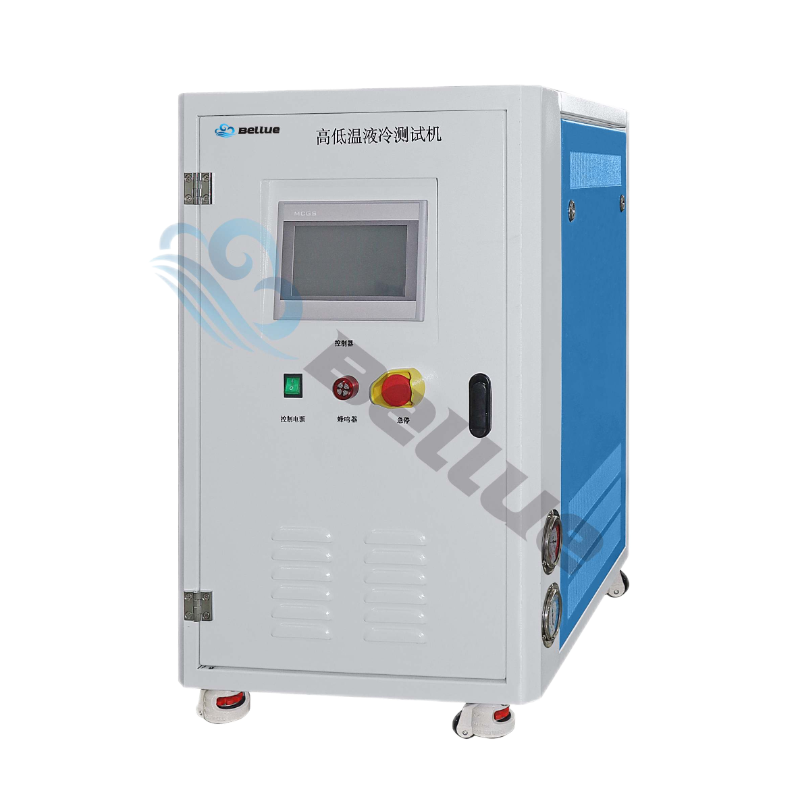The problem of water source during the use of high and low temperature coolant testing machine
As an indispensable equipment in modern industry and scientific research, high and low temperature coolant testing machines play a key role in simulating extreme temperature environments to evaluate coolant performance. However, in the process of use, the problem of water is often an aspect that cannot be ignored. This paper will discuss the water source problem in the use of high and low temperature coolant testing machine, in order to provide valuable reference for users.
First, the importance of water quality
High and low temperature coolant testing machines require a large amount of water as a coolant or heat exchange medium during operation. Therefore, the quality of water directly affects the accuracy of the test results and the service life of the equipment. Impure water sources can lead to cooling system blockage, corrosion, and even affect the stability of test data. Therefore, it is essential to ensure the cleanliness and proper chemistry of the water source.
Second, choose the right water source
When choosing a water source, priority should be given to using deionized or distilled water. The low content of minerals and impurities in these water sources can effectively reduce the risk of scaling and corrosion inside the equipment. If conditions are limited, it should also be ensured that the tap water used is adequately filtered and treated to remove large particles of impurities and harmful substances.

3. Daily management of water sources
1, regularly check the quality of the water source: through regular testing of the water source, understand its chemical composition and microbial content, to ensure that the water source meets the requirements of the test machine.
2, water filtration and purification: Install a filter in the inlet pipe to remove suspended matter and particulate matter in the water. For high and low temperature coolant testing machines with special water quality requirements, water softener or reverse osmosis device can also be considered to further improve water quality.
3, circulation and replacement of water sources: according to the frequency of use and water quality of the test machine, regularly replace the coolant or cycle filtration to avoid the impact of water quality deterioration on the test machine and test results.
Fourth, strategies to deal with water problems
In the process of use, if there are problems with the water source, such as excessive impurities, microbial breeding, etc., measures should be taken in time. Try cleaning the water system first to remove the dirt and biofilm inside. If the problem persists, a new water source will need to be replaced and the equipment will need to be maintained as necessary to ensure its normal operation.
Energy storage liquid cooling temperature control technology application advantages
How to derive the test results of high and low temperature coolant tester
High and low temperature coolant test electrical source circuit connection method
Coolant filling and discharging method of battery module high and low temperature liquid cooling test machine
High and low temperature liquid cooling test machine solutions
The need to pay attention to the purchase of temperature control high and low temperature liquid cooling test machine in the automotive industry
